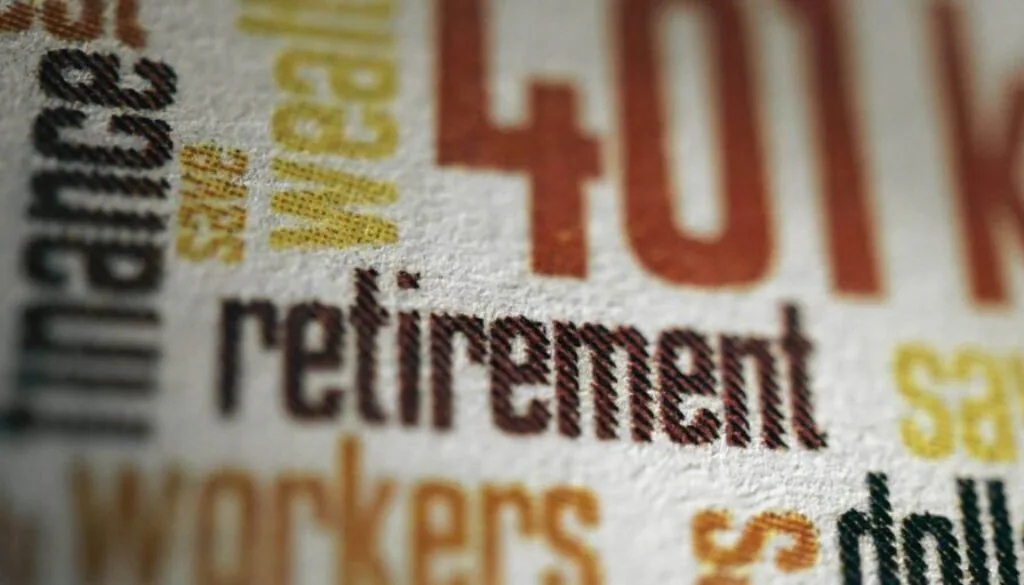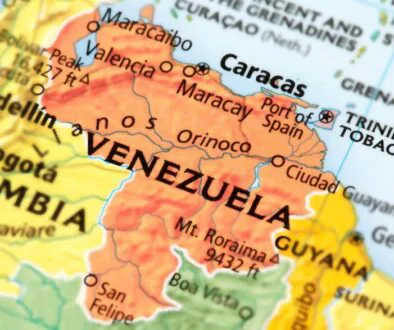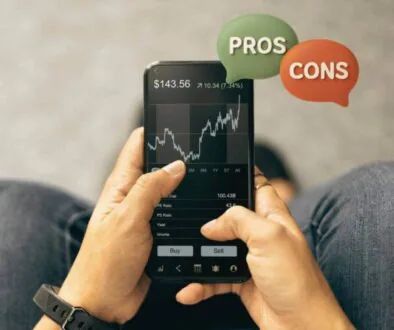401(k) Withdrawals: The Good, the Bad, and the Smarter Way to Save
The Good News: Americans Are Saving More in Their 401(k)s
Americans are contributing more than ever to their 401(k) retirement plans—and that’s a win. Every dollar you put into your 401(k) is a step toward financial freedom, thanks to compound growth, employer matches, and tax advantages. If you’re contributing regularly, you’re doing the right thing.
The Bad News: More 401(k) Hardship Withdrawals Than Ever
Unfortunately, more workers are dipping into those accounts early. Vanguard reports that 4.8% of workers in 2024 took a 401(k) hardship withdrawal, more than double the pre-pandemic average of 2%.
And here’s an even bigger problem: nearly one-third of employees cash out their 401(k) when leaving a job. If that’s you—stop. Cashing out a 401(k) early triggers a 10% penalty, plus taxes. That means you lose thousands of dollars instantly. Worse, you also lose the future growth that money would have earned.
Think of it this way: cashing out your 401(k) is like throwing cash into a fire pit. You’re literally burning your future savings.
Why People Withdraw From Their 401(k)s Early
The rules for accessing retirement funds have loosened, and life is expensive. Emergencies happen. If you absolutely must take a hardship withdrawal, it should be a last resort—and you should make every effort to pay it back as soon as possible.
The smarter move? Build an emergency savings fund separate from your retirement accounts. That way, when unexpected expenses hit, you won’t be forced to raid your 401(k).
Leaving a Job? Don’t Cash Out Your 401(k)
One of the biggest mistakes people make is cashing out when they change jobs. Instead, the best option is a 401(k) rollover into an IRA. It’s simple paperwork, avoids taxes and penalties, and keeps your retirement money growing. If you need help, our Personal CFO Program at watchdogonwallstreet.com will walk you through it.
How Much Should You Save in a 401(k)?
The answer depends on your income and expenses. A good rule of thumb: treat your 401(k) contribution like a monthly bill. You pay rent, your phone bill, utilities, and streaming services—so make sure you also “pay yourself” every month by contributing to retirement.
But here’s the key: start with a realistic amount you can sustain. Too many people get overambitious, contribute too much, and then quit saving altogether when it gets overwhelming. Like fitness, the best strategy is slow and steady growth. As you earn more through raises and promotions, increase your contributions gradually.
The Big Picture: Building Wealth Without Burning Out
Financial success isn’t about depriving yourself. It’s about balance. Save for retirement. Build an emergency fund. Put money aside for life goals like a home down payment. And yes—enjoy your life along the way.
The bottom line:
- Don’t cash out your 401(k) early.
- Use hardship withdrawals only as a last resort.
- Roll over your 401(k) when leaving a job instead of liquidating it.
- Save consistently—but realistically.
Your 401(k) is one of the most powerful tools you have for building wealth. Protect it. Grow it. And don’t set it on fire.




